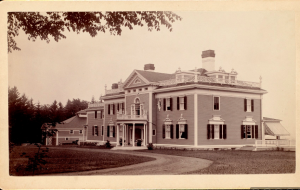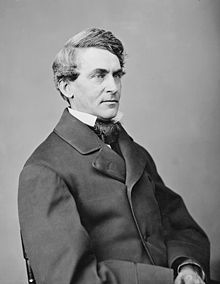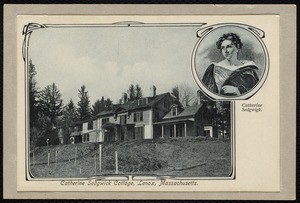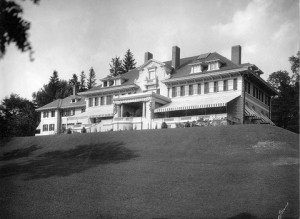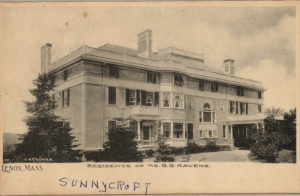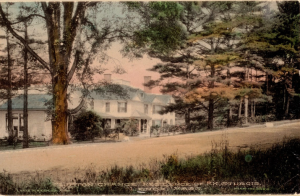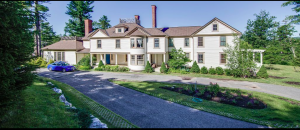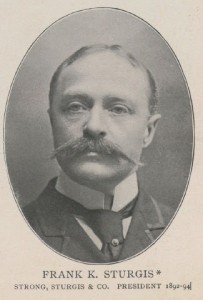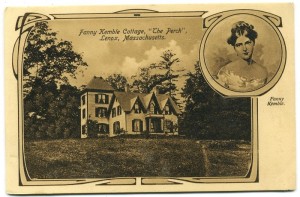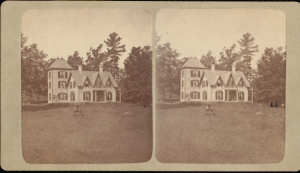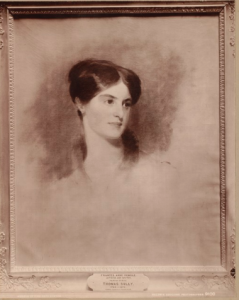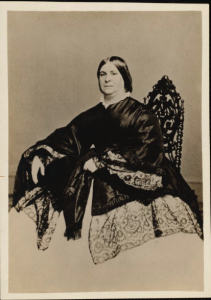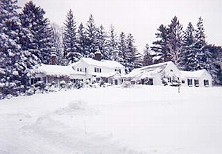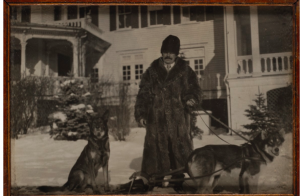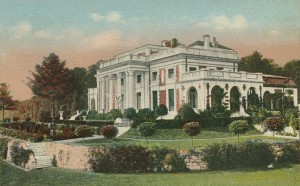The Sedgwicks of Lenox set a flavor for 19th century Lenox that lingers to this day, so it is worth reviewing who they were and why they had the influence they had.
Thought of as a Stockbridge Family
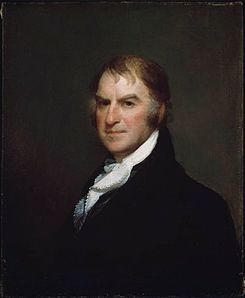
One of the earliest Berkshire Sedgwicks and one of the most famous was Theodore Sedgwick (1746 – 1813). Theodore was born in West Hartford, a descendant of Major General Robert Sedgwick who arrived in Massachusetts in 1636 — part of the Great Migration.
He graduated from Yale in 1766 and began practicing law in Sheffield. His career paralleled that of Major General John Paterson and other local Revolutionary War greats in that he participated in the Stockbridge Congress (1774), participated in the expedition to Canada, fought in the Battle of White Plains and was brought back into the fray during Shays Rebellion. As a matter of fact he was famous enough and wealthy enough by that time for his home to be the scene of a raid.
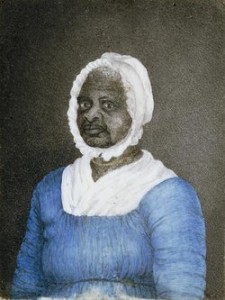
Theodore went on to a distinguished political and judicial career, but he his most remembered for his defense of Mumbet (Elizabeth Freeman). She was being mistreated by her mistress and was hearing all this talk of freedom so she came to Theodore Sedgwick to see if she could get her freedom. He won the case and it was determined that slavery was inconsistent with the just passed (1780) Massachusetts Constitution (which would be somewhat of a model for the national constitution).
Additional Sources of Fame for the Sedgwick Family
In addition to being a brave soldier and an outstanding jurist, Theodore Sedgwick had the wit to produce nine children — six of whom lived to adulthood. And yes, Kyra Sedgwick is a descendant.
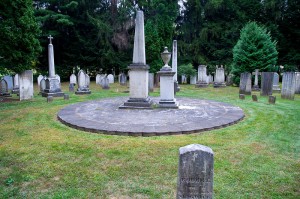
With a large and distinguished family you get to have your own section of the Stockbridge cemetery – and get buried as close to the founder as your distinction and bloodlines allow. The children were all the issue of his second marriage to Pamela Dwight. Pamela was the product of a distinguished lineage also — the daughter of Brigadier General Joseph Dwight and the widow – Abigail Williams Sargent.
Theodore’s Children
The seven children that lived to adulthood were:
- Elizabeth Mason Sedgwick (1775-1827)
- Frances Pamela Sedgwick (1778-1827)
- Theodore Sedgwick II (1780-1839)
- Henry Dwight Sedgwick (1785-1831)
- Robert Sedgwick (1787-1804) who was a lawyer in New York. He married Elizabeth Dana Ellery, grand-daughter of William Ellery, a signer of the Declaration of Independence.
- Catherine Maria Sedgwick (1789-1876)
- Charles Sedgwick (1791-1856)
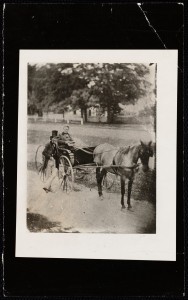
The last two – Charles in particular – became the Lenox Sedgwicks. Lenox had become the county seat in 1784 and Charles got a job as Clerk of the County Court in 1821. By this time his sister, Catherine, was a famous author. Although she described Lenox as a “bare and ugly little village,” apparently it grew on her as she spent more and more time at her brother’s home in Lenox.
The antebellum Lenox she experienced is beautifully described in Cornelia Brooke Gilder’s book, Hawthorne’s Lenox. Lenox would have indeed been quite bare since the iron industry was up and

running and using every available tree for charcoal. Charles’ wife, Elizabeth, started a tree planting initiative and Lenox did have some very handsome structures.
Charles’ wife, Elizabeth was apparently no slouch herself in that she ran a school out of her home that was the female counterpoint to The Academy for young men. Her school, founded about 1828, was very well thought of and included distinguished students such as Jenny Jerome – the mother of future Prime Minister Winston Churchill and Ralph Waldo Emerson’s daughter. By 1841, a separate building for the school appears on town maps.
Authoress Catherine never married but Charles and Elizabeth had five children:
- Kate – 1820
- Charles – 1822
- Bessie – 1826 (who was to marry the German pianist Frederich Rackemann and become the mother of Charles Rackemann whose diary has been transcribed by the Lenox Historical Society)
- Willie – 1831
- Grace – 1833
Atmosphere of the Hive

In 1824 the Charles Sedgwicks purchased a home that was to become known as “The Hive”. It was located where Spring Lawn is today.
The combination of a charming couple of famous lineage, the presence of a distinguished female author and famous guests including actress Fanny Kemble, Ralph Waldo Emerson, Sophia Hawthorne (the author himself was not particularly sociable) and Henry Ward Beecher, “The Hive” became a magical cultural melting pot.
Between this cultural melange, educated individuals attracted to the courts and the two schools and the clean air and stunning scenery, “The Hive” and Sedgwicks of Lenox played a major role in putting Lenox on the early summer resort map.
———-
For more information on the life and times of these early Lenox intellectuals, see:
The Tanglewood Circle, Hawthorne’s Lenox, by Cornelia Brooke Gilder with Julia Conklin Peters, The History Press, 2008
